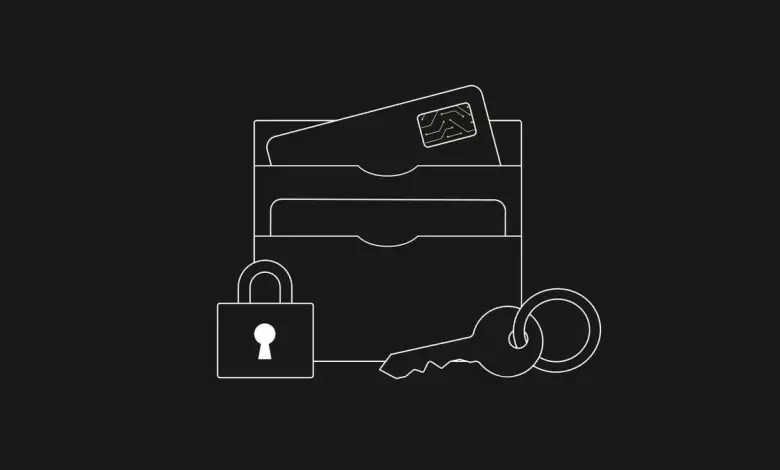Exploring Multi-Signature Wallets: Enhanced Security for Crypto Holdings

Nowadays, safety is paramount in every aspect. Crypto transactions and storage are continually evolving to address the concerns surrounding security. One innovative solution that has gained prominence is the Multi-signature wallet, often referred to as a multi-sig wallet.
How do They Operate?
Multi-sig wallets are designed to enhance security by requiring consensus from a majority of participants before executing any activity within the wallet. Much like a co-signed check demands multiple signatures, multi-sig wallets operate on principles like “2-of-3” or “3-of-5”. This means that out of three or five private keys, at least two or three are needed to authorise a transaction. This added layer of security ensures that even if one key is hacked, the assets remain protected.
How do They Differ from Regular Crypto Wallets?
Both multi-sig and regular wallets serve the fundamental purpose of sending, receiving and storing digital coins. However, multi-sig ones excel in terms of security.
Regular Wallets:
- Designed for single use or use by one person
- Created with a single private key that secures the entire wallet
- If the private key is compromised, it can lead to theft, misuse or loss of access to the wallet
Multi-Sig Wallets:
- Utilise multiple private keys
- Require the approval of most users for any wallet activity
- Ensure that the wallet is not easily stolen, compromised or hacked.
Pros & Cons
For crypto users, security is the most fundamental, and multi-signature wallets offer several advantages:
- These wallets align with the decentralised nature of the crypto reality, distributing control across multiple users. This is crucial for organisations that transact in digital currencies and seek efficient management of their funds.
- Multi-sig wallets promote higher security by necessitating multiple confirmations to approve crypto transactions. This surpasses regular wallets, which rely on a single access key and are centralised.
- Multi-sig wallets can be adapted to add or remove users and adjust transaction confirmation requirements. This feature is invaluable for expanding business while maintaining wallet security.
Despite their considerable benefits, multi-sig wallets face challenges:
- Although well-established in other fields, multi-sig technology is relatively new to crypto. It has yet to be widely adopted and proven as a robust crypto application.
- The multi-sig structure involves complex cryptographic processes, user power distribution, and verification requirements. Users without sufficient knowledge may unintentionally expose their funds to higher risks.
Conclusion
To sum up, multi-sig wallets offer a level of security and safety that traditional wallets lack. Involving multiple users with unique private keys in wallet operations ensures identity protection and enhanced security. Moreover, the requirement for most users to approve transactions or activities promotes safety and shields the wallet from theft and hacks. While challenges exist, multi-sig wallets present a promising step towards a safer crypto ecosystem.




